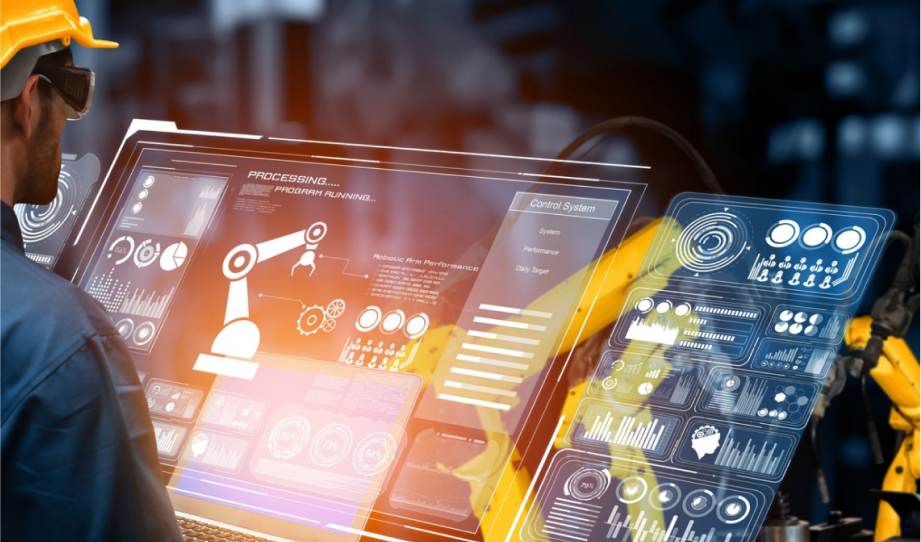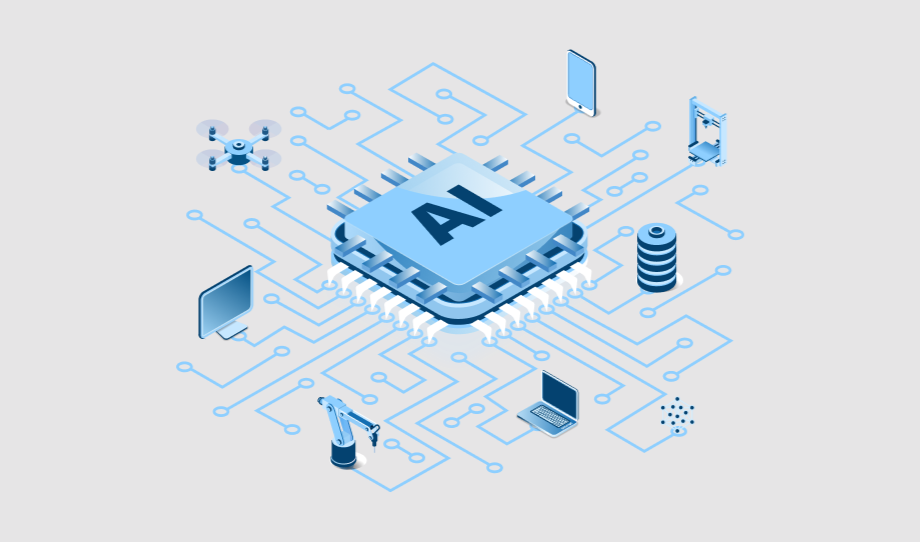How Can Data and Automation Assist with Sustainability in Your Business
The entire world is facing the inevitable digital transformation, which has not just changed the daily…
How Artificial Intelligence in the App Industry is Changing the Future
"Artificial Intelligence is no more in fiction stories now. Today in our daily life, we can…





